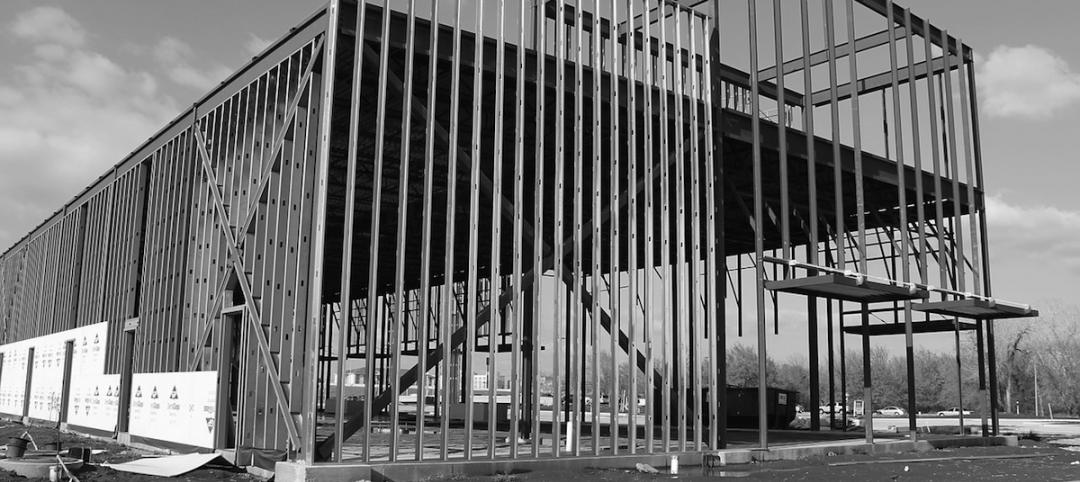ASHRAE recently approved publication of its highly anticipated standard to reduce the risk of airborne infectious aerosol transmission in buildings.
ASHRAE Standard 241, Control of Infectious Aerosols establishes minimum requirements to reduce the risk of disease transmission by exposure to infectious aerosols in new buildings, existing buildings, and major renovations. Infectious aerosols are tiny, exhaled particles that can carry pathogens that cause infections or disease.
Infectious aerosols are so small that they can remain in the air for long periods of time. Use of this standard could reduce exposure to the SARS-COVID-2 virus, which causes COVID-19, the flu virus, and other pathogens.
Standard 241 provides requirements for many aspects of air system design, installation, operation, and maintenance. It includes an infection risk management mode (IRMM) that enhances the normal mode of operation via engineering controls to reduce infectious aerosol exposure of occupants. It also provides a Requirements for Use of Filtration and Air Cleaning Technology section that outlines how to draw in additional outdoor air to ventilate a building in an energy-efficient, cost-effective manner.
More on the standard from ASHRAE:
Important aspects of the standard include:
- Infection Risk Management Mode – Requirements of Standard 241 apply during an infection risk management mode (IRMM) that applies during identified periods of elevated risk of disease transmission. AHJs (Authorities Having Jurisdiction) can determine when the enhanced protections of Standard 241 will be required, but its use can also be at the discretion of the owner/operator at other times, for example, during influenza season. This aspect of Standard 241 introduces the concept of resilience – ability to respond to extreme circumstances outside normal conditions - into the realm of indoor air quality control design and operation.
- Requirements for Equivalent Clean Airflow Rate – Other indoor air quality standards, including ASHRAE Standards 62.1, 62.2, specify outdoor airflow rate and filtration requirements to control normal indoor air contaminants. Standard 241 breaks new ground by setting requirements for equivalent clean airflow rate, the flow rate of pathogen free air flow into occupied areas of a building that would have the same effect as the total of outdoor air, filtration of indoor air, and air disinfection by technologies such as germicidal ultraviolet light. This approach allows the user of the standard flexibility to select combinations of technologies to comply with the standard that best satisfy their economic constraints and energy use goals.
- Requirements for Use of Filtration and Air cleaning Technology – Dilution of indoor air contaminants by ventilation with outdoor air can be an energy intensive and expensive way to control indoor air quality. Standard 241 provides extensive requirements for use of filtration and air cleaning to effectively and safely achieve meet equivalent clean airflow requirements efficiently and cost effectively. These include testing requirements to establish performance and to demonstrate that operation does not degrade indoor air quality in other ways, for example by elevating ozone levels.
- Planning and Commissioning – Standard 241 provides assessment and planning requirements culminating in the development of a building readiness plan, a concept carried over from the work of the ASHRAE Epidemic Task Force. It also describes procedures for commissioning systems to determine their installed performance.
The standard is available for presale in the ASHRAE Bookstore.
Related Stories
Codes and Standards | Jun 24, 2015
Philadelphia considers more incentives for green building
Developers could be allowed additional height, floor area on projects that meet benchmarks.
Codes and Standards | Jun 24, 2015
LEED building at Duke University may be retrofitted to prevent bird deaths
More birds die from colliding with buildings at Duke than on any other campus in a 45-school survey conducted by Augustana College. Duke is located along the Atlantic Flyway, a bird migration route.
Codes and Standards | Jun 24, 2015
Balcony collapse in Berkeley, Calif., prompts an examination of codes
Dry rot and too much weight appear to be the causes of a fatal accident at an eight-year-old building in Berkeley, Calif.
Codes and Standards | Jun 18, 2015
Guides to wood construction in high wind areas updated
The guides establish prescriptive, wind-resistive structural requirements for wood-frame buildings of different sizes and shapes.
Codes and Standards | Jun 18, 2015
New document addresses school safety and security
In an effort to balance security and fire safety features within codes, standards and planning, NFPA hosted a two-day workshop, “School Safety, Codes and Security”, last December. The findings are now available in an NFPA report.
Codes and Standards | Jun 18, 2015
Two myths regarding NFPA 101 Life Safety Code debunked
NFPA life safety engineer Ron Coté settles the debate over second egress doors and exit signs.
Codes and Standards | Jun 18, 2015
How to prevent corrosion in sprinkler system piping
The technical committees responsible for NFPA 13, Installation of Sprinkler Systems, have been looking at ways to eliminate or reduce corrosion in sprinkler systems for several revision cycles.
Codes and Standards | Jun 11, 2015
Steel Framing Alliance updates ‘Thermal Design and Code Compliance for Cold-Formed Steel Walls’ design guide
Includes results of new tests and addresses IECC and ASHRAE compliance paths.
Codes and Standards | Jun 11, 2015
Helena, Mont., may charge commercial developers a fee to fund public art
The fee would apply to new construction or alteration of nonresidential buildings of at least 20,000 sf.
Codes and Standards | Jun 11, 2015
DBIA releases new document on choosing a project delivery method
Provides owners and others with factors to consider when choosing the best method of delivery for their project.

















